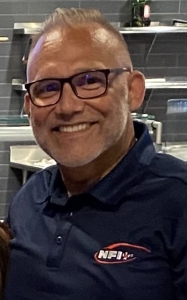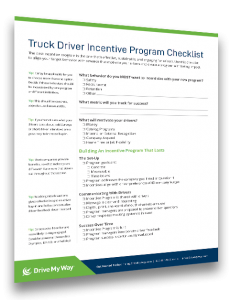
Josh Mecca is the Director of Recruiting with Drive My Way client, American Central Transport. Josh has been in the trucking industry for over 16 years and was recently invited to the White House to hear about the current administration’s Trucking Action Plan. We had the chance to talk with Josh about his trip to the White House, why ACT is recognized as a Best Fleet to Drive For, his advice for recruiters, and more.
What did your experience in the industry look like before coming to American Central Transport?
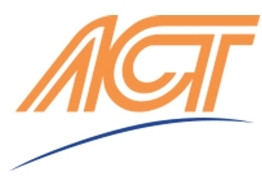
I started my journey at a trucking company in the southeast. From there, I moved to Nashville, TN and worked at a transportation management company. That’s where I learned the ins and outs of the industry, including long haul, regional, day cab, and virtually every mode of truckload transportation. I really started to understand the trucking industry from a logistics standpoint during my time there.
Wanting to get back to working directly with assets, I moved to a Midwest carrier for a couple of years, specifically working with Owner Operators. Then just over six years ago, I moved back home to Kansas City to take this role with American Central Transport as their Director of Recruiting.
ACT has been named a Best Fleet to Drive For for 5 consecutive years now. How have you been able to do that?
Honestly, it’s become something that’s ingrained in our culture. Every time we think about a new program, whether that’s changes to compensation, home time, benefits, or anything that impacts our drivers on a daily basis, we ask ourselves “How does this fit into being a best fleet? Does it make the lives of our drivers better?”
At the end of each year, we always do an internal debrief based on feedback from the Best Fleets to Drive For program. We compare what we did well, what we can improve on, and what we’re missing. We do this because we want American Central Transport to be at the forefront of providing the best work-life balance that drivers deserve.
Historically, our industry hasn’t really taken those wants from drivers into consideration, but being part of the Best Fleets really challenges us at our core to do everything we can to make not only our company a better place for drivers, but to attract and retain more talent to the industry as a whole.
The market for truck drivers has been extremely competitive for a while now. Do you feel this is because of a true shortage of drivers, or something else?
 I’ve always been very skeptical of the notion that there’s a literal shortage of drivers who want to get into trucking. The reason I’m skeptical is because of the number of leads, applications, and people we see out there looking for jobs.
I’ve always been very skeptical of the notion that there’s a literal shortage of drivers who want to get into trucking. The reason I’m skeptical is because of the number of leads, applications, and people we see out there looking for jobs.
Drivers are realizing that, for a lack of a better term, they’re in the driver’s seat right now. They control where they go and who will employ them for their services, and rightfully so. They’ve got a hard job and they sacrifice a lot to do it. We as carriers really need to understand that if our job isn’t attractive for drivers, we’re going to fall short.
We’ve recently started a driver finishing program with two CDL schools here in Kansas City. We were noticing that a lot of times in our industry, a driver would finish their CDL training and immediately be thrown to the wolves before they had a real chance to get their feet under them. This led to a lot of careers in trucking being thrown away before they began because these new drivers would have such bad experiences.
Companies didn’t want to invest in the training that these new drivers needed beyond the bare minimum, so we decided to take a different approach. Once they’ve finished CDL school, we help our new drivers by giving them the support and knowledge they need from an experienced trainer while increasing their pay every 90 days for that first year they’re with us.
Recently, you were invited to the White House. Tell us about the experience and what you took away from it.
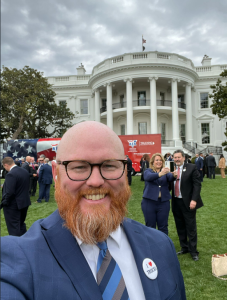
Josh at the White House
It was a great event to be a part of. It focused on this administration’s Trucking Action Plan to help our industry become more attractive. The plan focuses on a few pillars, one of those being more trucking apprenticeships to attract new drivers, especially women and minorities into the industry.
The biggest takeaway from the White House event was that we need to support transportation as an industry and support the people who want to be in trucking. When I got my start all those years ago, I had a coworker with over 40 years of experience take me under his wing and give me guidance. We still stay in touch to this day and talk about what’s going on in my career and his retirement. It’s that type of support that all new drivers should have when they come into this industry.
To be invited to that event was validating on a career note. Sitting there on the White House lawn made me really feel that American Central Transport’s doing something right and positively impacting the industry.
When it comes to automation in trucking, what do you think the future looks like?
I truly don’t think the trucking industry will ever be fully autonomous. I think there are going to be segments where we see platooning or some other moves towards automation, but as a whole, I don’t think our industry will ever be there.
I do think trucking jobs are going to look different in 15-20 years, but I believe that behind every steering wheel there’s still going to be a driver piloting it.
What advice do you have to give to other recruiters in the trucking industry?
In trucking right now, drivers and recruiters absolutely need each other. But it’s extremely important that recruiters are painting an accurate picture of who the company is that they’re recruiting for.
The worst thing you can have is an orientation surprise. In the 8 years I’ve been in recruiting, an orientation surprise is never positive. You never want a driver to say, “Well I didn’t know about this”, or “I wasn’t told about that”. As a recruiter, you need to make sure that you’re upfront about everything with drivers, even if it’s something they don’t ask about, but you feel is important to the position.
If you’re doing your job as a recruiter, you’ll start to realize when a driver is going to be a great fit for your company but also when a driver isn’t. If you say something like, “Hey, you sound like a great driver. I think we’d work well together down the line, but right now, I feel it isn’t the best fit. Let’s touch base in six months”, you’ll be surprised at how much drivers will appreciate that honesty. And once you do connect down the road, you already have that foundation of honesty built.




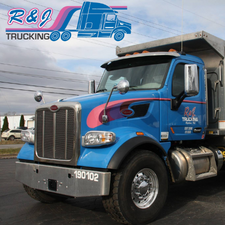 R&J Trucking and Southern Haulers Partner with Drive My Way for Success
R&J Trucking and Southern Haulers Partner with Drive My Way for Success
 You’ve probably heard the phrase “driver-centric” a lot over the past few years. It’s become a popular term in the transportation industry, especially when carriers describe their culture to truck drivers. But what does it mean? Simply put, being driver-centric means putting your drivers at the heart of every decision your company makes. A lot of trucking companies may say they have this kind of culture, but what does it really take to be driver-centric?
You’ve probably heard the phrase “driver-centric” a lot over the past few years. It’s become a popular term in the transportation industry, especially when carriers describe their culture to truck drivers. But what does it mean? Simply put, being driver-centric means putting your drivers at the heart of every decision your company makes. A lot of trucking companies may say they have this kind of culture, but what does it really take to be driver-centric? 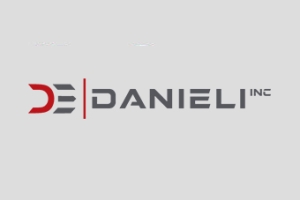 “We’ve implemented many programs such as V.I.P. bonus programs, driver of the quarter awards,
“We’ve implemented many programs such as V.I.P. bonus programs, driver of the quarter awards, 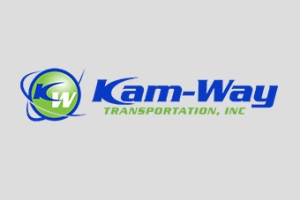 “It’s important for us to share our company culture either by conversation or through social media in order to allow potential drivers to see the value in our company. Transportation has a special place in many of our hearts, and our hope is that drivers seeking employment with us feel that fondness towards the industry. Many of our office team members have been in the transportation business for many years. Allowing that expertise to shine through is just one of the many ways our company culture can positively impact anyone looking to join our team,” shared the Kam-Way Recruiting Team.
“It’s important for us to share our company culture either by conversation or through social media in order to allow potential drivers to see the value in our company. Transportation has a special place in many of our hearts, and our hope is that drivers seeking employment with us feel that fondness towards the industry. Many of our office team members have been in the transportation business for many years. Allowing that expertise to shine through is just one of the many ways our company culture can positively impact anyone looking to join our team,” shared the Kam-Way Recruiting Team. 

 Trust is one of the most important parts of being a successful driver recruiter. Drivers want to know that the person they’re working with is looking out for their interests as well as those of the company they work for. But, for many recruiters, building that kind of trust is easier said than done.
Trust is one of the most important parts of being a successful driver recruiter. Drivers want to know that the person they’re working with is looking out for their interests as well as those of the company they work for. But, for many recruiters, building that kind of trust is easier said than done. 
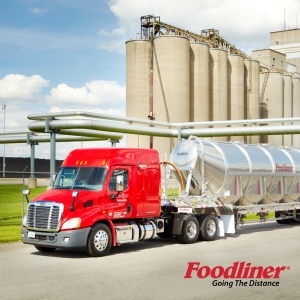 Foodliner Partners with Drive My Way for Success
Foodliner Partners with Drive My Way for Success


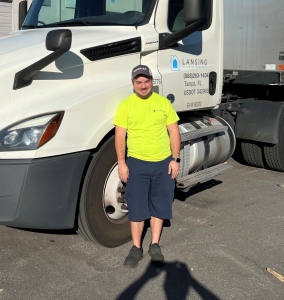


 You probably know Jeremy Reymer as the host of
You probably know Jeremy Reymer as the host of 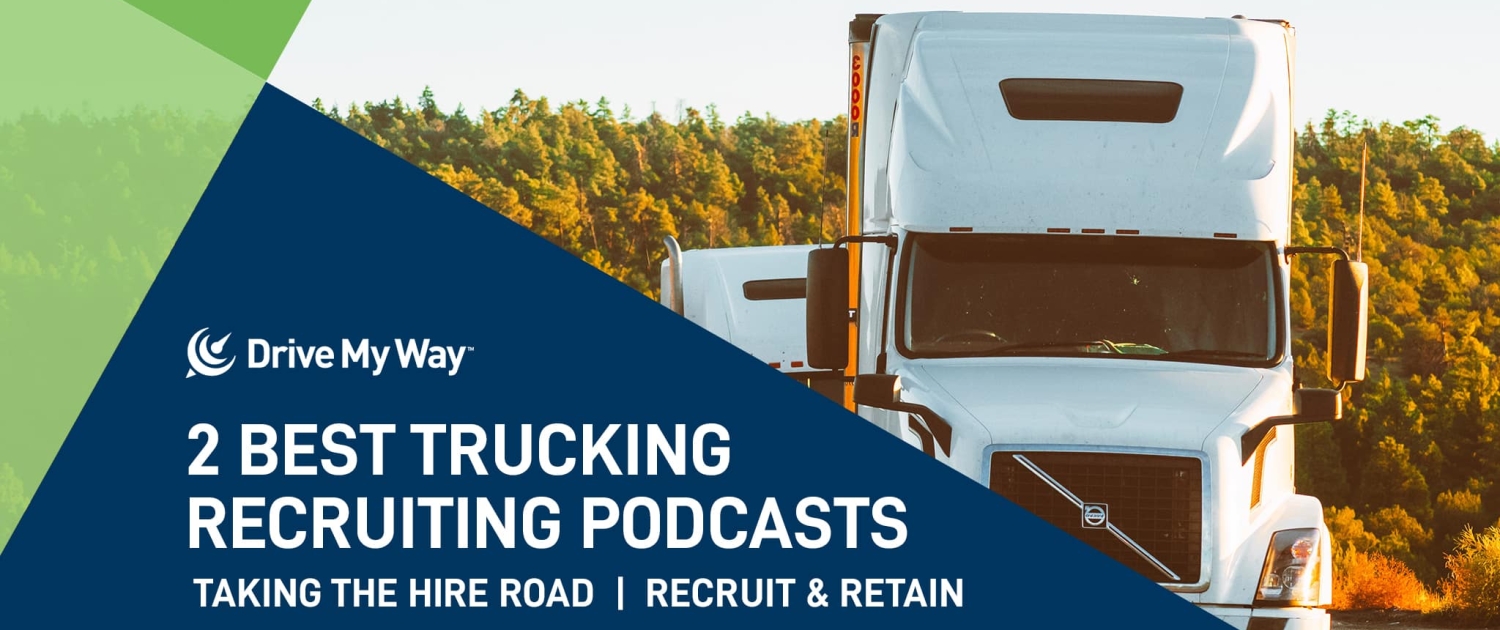




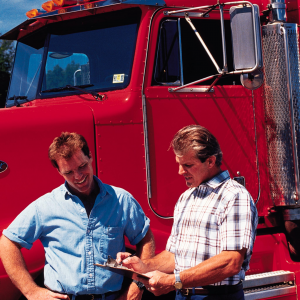 Instead of drivers coming in, meeting a trainer or two, and then being put on the road, schedule times for higher management and current company drivers to visit your next orientation class. They can share their thoughts and tips with new hires and do a Q&A session as well. This sends the message to your new drivers that they’re an important part of your company, which is extremely important for driver retention efforts.
Instead of drivers coming in, meeting a trainer or two, and then being put on the road, schedule times for higher management and current company drivers to visit your next orientation class. They can share their thoughts and tips with new hires and do a Q&A session as well. This sends the message to your new drivers that they’re an important part of your company, which is extremely important for driver retention efforts. 

